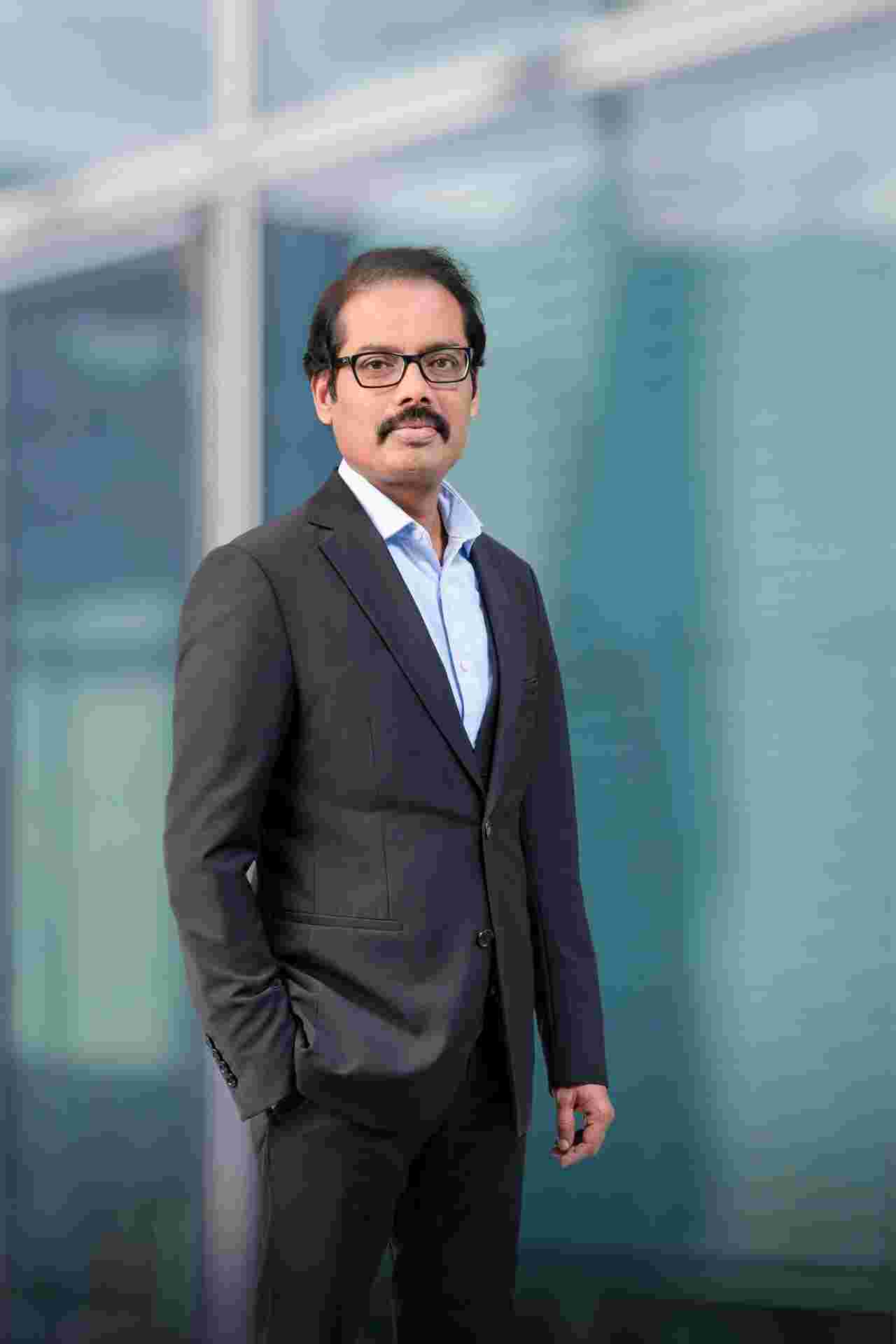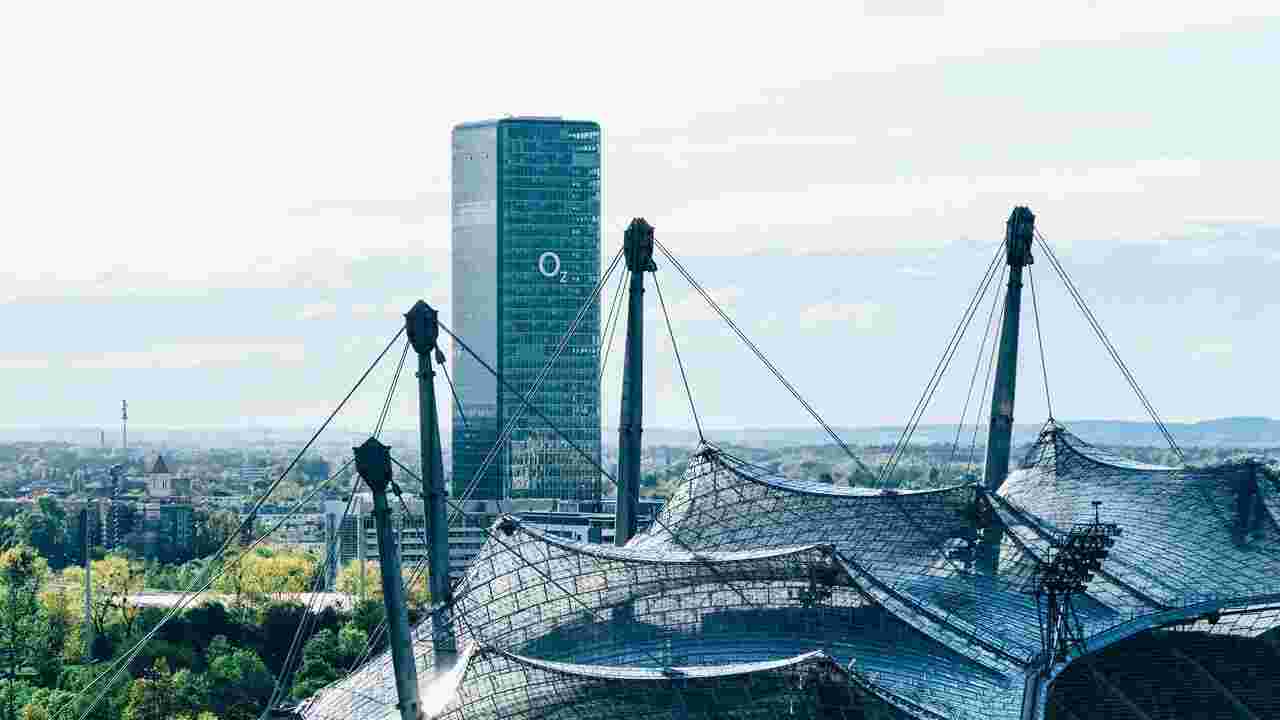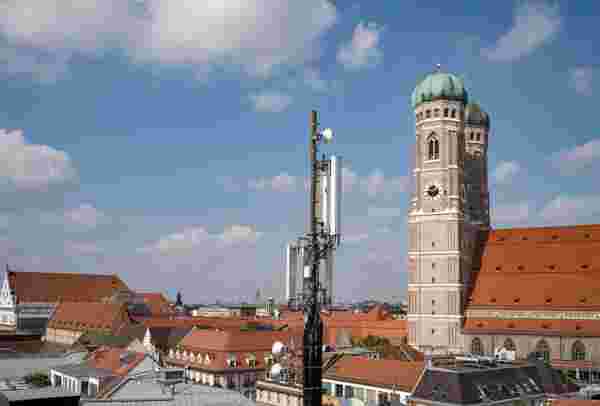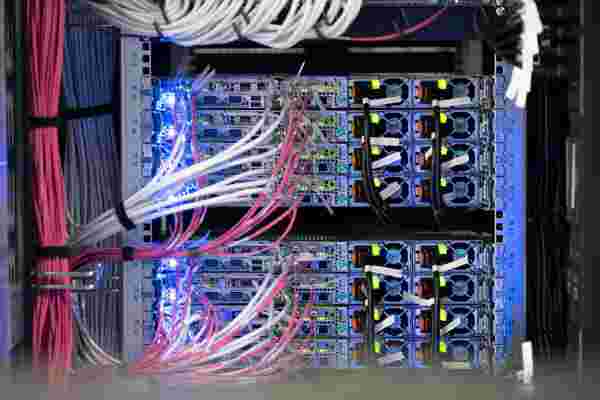Container for the scroll indicator
(Will be hidden in the published article)

Mallik Rao
Chief Technology & Information Officer, on O2 Telefónica's 5G expansion strategy
“We are rolling out 5G faster than any other mobile technology before. Currently around 40 new 5G antennas are being added every day. We focus on the rollout of real 5G via 3.6 GHz and 700 MHz, while we use DSS as combination of 4G and 5G supplementary.”

The Digital Transformation of O2 Telefónica
Even Network Operators have to Modernize their IT Architecture
If you want to support other companies with your technology expertise and make their connectivity, their processes and applications fit for the future, you have to set a good example and tackle the technological transformation in your own company as well. By 2023, O2 Telefónica will streamline and reorganize its IT systems. In the future, there will be only two instead of six IT core platforms, one for private customers and one for business customers. The new IT architecture will provide the billing systems for postpaid and prepaid customers, the online customer portals, apps and store systems for 46 million O2 customers, the users of Telefónica's own mobile communications brands and also for around 8,500 employees. The use of standardized CRM (Customer Relation Management) software from Salesforce makes it easier for customer service employees to make faster adjustments via a uniform user interface. Thus, tariff and product innovations and new services should reach customers much faster. O2 Telefónica expects that product launch times will be reduced by more than 50 percent in many cases.
Technological change requires new collaborations
Megatrend Cloud Migration - Also a Key Topic for Network Operators
In which way will telecommunications networks be controlled, managed and developed in the future? The consensus in the industry is that software working on central servers will take over more and more tasks (software-defined networking). Technologies that are common in the IT world, such as virtualization, are also making network solutions increasingly independent of specific hardware. On their own way into the cloud, network operators can also cooperate with major providers, the so-called hyperscalers such as AWS (Amazon Web Services), Google Cloud Platform and Microsoft Azure.
O2 Telefónica moved the billing management of its business customers to the Google Cloud a few months ago. The central provision of the 5G billing software also brings the network operators the typical advantages in terms of flexibility and scalability. For example, computing and storage capacities can easily be temporarily increased for backups. But, business customers should also benefit from the move to the cloud: System updates, contract changes and the ordering of additional services are implemented more quickly. Security aspects played a role in the decision for the public cloud solution. Google's "Confidential Computing" promises to encrypt active data via additional protection components even during processing.

For the telecommunications industry as well as for all companies, the following applies today more than ever: If you still want to be successful tomorrow, you must be prepared to change. In concrete terms, this means examining one's own business models and processes in terms of their suitability for the future, being open to partnerships, and taking advantage of the opportunities offered by new technologies. The "tools" for implementation are there: In addition to the cloud, 5G is also one of the elementary drivers. In the private mobile networks of companies, 5G can evolve much faster than in the huge public networks. Regardless of this, it remains to be said: Without high-performance connectivity, digital transformation will fall by the wayside.

Container for the dynamic page
(Will be hidden in the published article)






